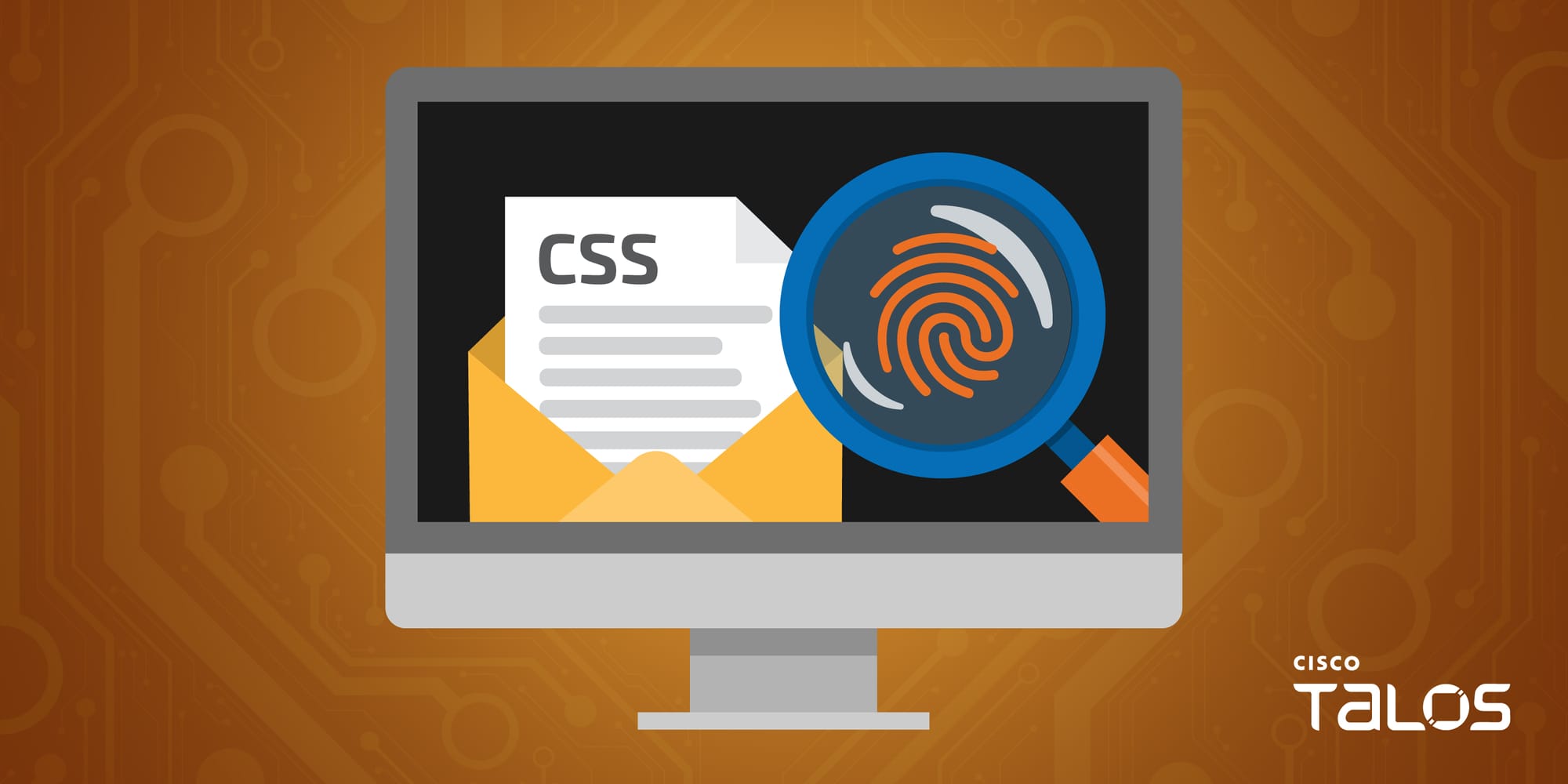UAT-5918 targets critical infrastructure entities in Taiwan
UAT-5918, a threat actor believed to be motivated by establishing long-term access for information theft, uses a combination of web shells and open-sourced tooling to conduct post-compromise activities to establish persistence in victim environments for information theft and credential harvesting.
Miniaudio and Adobe Acrobat Reader vulnerabilities
Cisco Talos’ Vulnerability Discovery & Research team recently disclosed a Miniaudio and three Adobe vulnerabilities. The vulnerabilities mentioned in this blog post have been patched by their respective vendors, all in adherence to Cisco’s third-party vulnerability disclos
Patch it up: Old vulnerabilities are everyone’s problems
Thorsten picks apart some headlines, highlights Talos’ report on an unknown attacker predominantly targeting Japan, and asks, “Where is the victim, and does it matter?”
Abusing with style: Leveraging cascading style sheets for evasion and tracking
Cascading Style Sheets (CSS) are ever present in modern day web browsing, however its far from their own use. This blog will detail the ways adversaries use CSS in email campaigns for evasion and tracking.
Microsoft Patch Tuesday for March 2025 — Snort rules and prominent vulnerabilities
Microsoft has released its monthly security update for March of 2025 which includes 57 vulnerabilities affecting a range of products, including 6 that Microsoft marked as “critical”.
Who is Responsible and Does it Matter?
Martin Lee dives into to the complexities of defending our customers from threat actors and covers the latest Talos research in this week's newsletter.
Unmasking the new persistent attacks on Japan
Cisco Talos has discovered an active exploitation of CVE-2024-4577 by an attacker in order to gain access to the victim's machines and carry out post-exploitation activities.
Sellers can get scammed too, and Joe goes off on a rant about imposter syndrome
Joe has some advice for anyone experiencing self doubt or wondering about their next career move. Plus, catch up on the latest Talos research on scams targeting sellers, and the Lotus Blossom espionage group.
Lotus Blossom espionage group targets multiple industries with different versions of Sagerunex and hacking tools
Lotus Blossom espionage group targets multiple industries with different versions of Sagerunex and hacking tools








